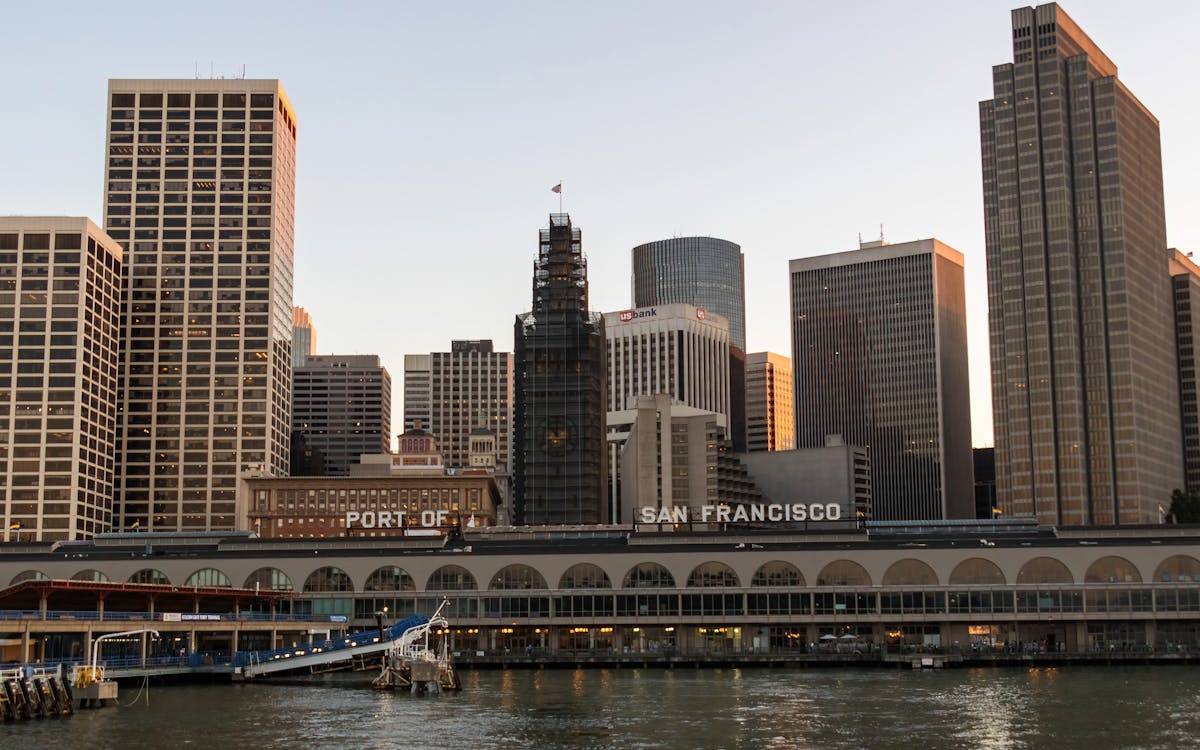Together We Can Revive the Bay
Together We Can Revive the Bay
Blog Article

Why Restoration Matters More Than Ever in the Bay Area
Over the last couple of decades, the San Francisco Bay has actually weathered the impact of urban growth, industrial advancement, and environment adjustment. As soon as teeming with wild animals and rich wetlands, many of the bay's all-natural communities have been fragmented or broken down. Yet amid these challenges, something remarkable is happening: neighborhood residents, volunteers, and grassroots efforts are leading a wave of ecological reconstruction that's bringing brand-new life back to the Bay.
Remediation isn't practically planting trees or cleaning up trash, though those initiatives are important. It's concerning rebuilding the structures of life, from marsh lawns that support fish baby rooms to shoreline buffers that guard against flooding. And in this area, the power of area involvement is transforming the trend really reasonably.
From Marshland to Miracle: The Return of Native Habitats
One of the most visible adjustments happening in the Bay Area is the re-emergence of indigenous habitats. Wetlands that were as soon as drained or led over are being rehydrated and replanted. Turfs and shrubs native to the region are being grown by area groups, that usually rely upon regional volunteers to aid grow seedlings and manage controlled planting events.
These native plants do more than add plant to the landscape. They use sanctuary to migratory birds, pollinators, and small creatures, producing pockets of biodiversity in the middle of active metropolitan areas. As these environments expand, so does the environmental health and wellness of the Bay itself. When regional homeowners take time out of their weekend breaks to get their hands in the dirt, they're not simply planting-- they're taking part in the remediation of a living, breathing ecological community.
The Role of Education in Fostering Environmental Stewards
Education and learning plays a critical component in why these community-led efforts are working so well. Schools, neighborhood centers, and not-for-profit groups are organizing hands-on knowing experiences where individuals of any ages can recognize the scientific research and significance of restoration. These programs typically bring people one-on-one with concerns like erosion, contamination, and water level rise-- subjects that can feel abstract until they're seen up close.
When someone sees the delicate balance of an estuary or discovers just how a solitary plant species can filter toxic substances from the water, the value of that understanding comes to be individual. And keeping that understanding comes the motivation to act. Recovering communities ends up being much less of a job and even more of a goal. This deep connection to local areas is what establishes the Bay Area apart and fuels the long-term success of these initiatives.
Utilizing the Digital World to Drive Real-World Change
Remarkably, the push to recover the Bay's communities isn't happening alone from the digital globe. Innovation is becoming a powerful tool in rallying support, spreading out awareness, and attaching areas. Whether with citizen scientific research applications that track native species or community forums arranging restoration events, the on-line room is matching boots-on-the-ground action.
In recent times, even neighborhood outreach strategies have progressed. As an example, a social media marketing agency in the Bay Area may sustain ecological projects by helping volunteers intensify their effect, tell their tales, and influence others to obtain entailed. These electronic touchpoints have the power to turn a tiny weekend break clean-up into a regional motion just by letting people know it's taking place-- which it matters.
Email Campaigns That Inspire and Inform Local Change-Makers
Another electronic strategy making a substantial difference is email communication. Updates regarding restoration events, seasonal planting efforts, and donation drives are commonly shared via thoroughly crafted newsletters that strike an equilibrium try this out between being useful and motivating. It's not unusual for a well-timed project from an email marketing agency in San Francisco to bring a thrill of volunteers or donations to a task in need.
These e-mail projects aren't just transactional-- they're transformative. By enlightening clients about the direct effect their participation has, they support long-term involvement. Viewers concern feel like stakeholders in the wellness of their area, and that emotional connection equates to lasting commitment.
The Unseen Work of Connecting Data, Communities, and Nature
Behind every effective reconstruction project lies a complex web of sychronisation. There's research study to recognize what environments require most, area responses to form comprehensive strategies, and follow-up surveillance to ensure success. This kind of ongoing initiative frequently requires not just heart, but information, approach, and interaction.
That's where the assistance of a digital marketing company in the Bay Area can make a peaceful but crucial distinction. By assisting organizations construct strong electronic platforms, gather understandings, and refine their messaging, these groups allow community teams to scale their impact. The outcome is a more linked and efficient activity, where every action counts, and everyone feels like they're component of something bigger.
The Power of People in Preserving the Bay's Future
If there's one point the Bay Area has verified, it's that remediation does not have to start with large organizations or massive budget plans. It can start with one neighbor pulling weeds from a route, one student planting an indigenous sapling, or one family appearing to a coastline cleanup. These little activities build up, especially when they're sustained by clever strategies and shown the more comprehensive community.
There's something distinctively confident concerning seeing the trends turn-- both figuratively and literally-- in favor of nature. The Bay is much from totally recovered, but it's being revived each day with the perseverance and treatment of those that call this area home. With each marsh rebuilt and each indigenous varieties protected, we're not just restoring communities-- we're envisioning what's feasible when neighborhoods lead with function.
Keep following this blog for more stories on local change, community impact, and the means you can be part of protecting the all-natural elegance that borders us.
Report this page